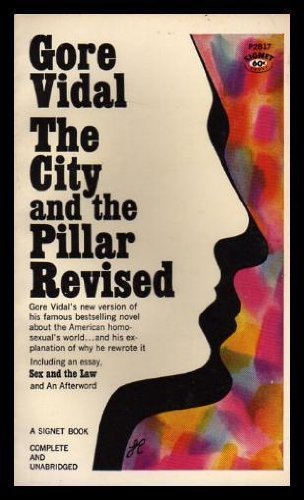What do you think?
Rate this book


Paperback
First published January 10, 1948
He did not believe in heaven or hell. He thought it most unlikely that there was a special place where good people went, particularly when no one was certain just what a good person was, much less what the final repository was like. What did happen? The idea of nothing frightened him, and death was probably nothing: no earth, no people, no light, no time, no thing. Jim looked at his hand. It was tanned and square, and covered with fine gold hairs. He imagined the hand as it would be when he was dead: limp, pale, turning to earth. He stared for a long time at the hand which was certain to be earth one day. Decay and nothing, yes, that was the future. He was chilled by a cold animal fear. There must be some way to cheat the earth, which like an inexorable magnet drew men back to it. But despite the struggle of ten thousand generations, the magnet was triumphant, and sooner or later his own particular memories would be spilled upon the ground. Of course his dust would be absorbed in other living things and to that degree at least he would exist again, though it was plain enough that the specific combination which was he would never exist again.